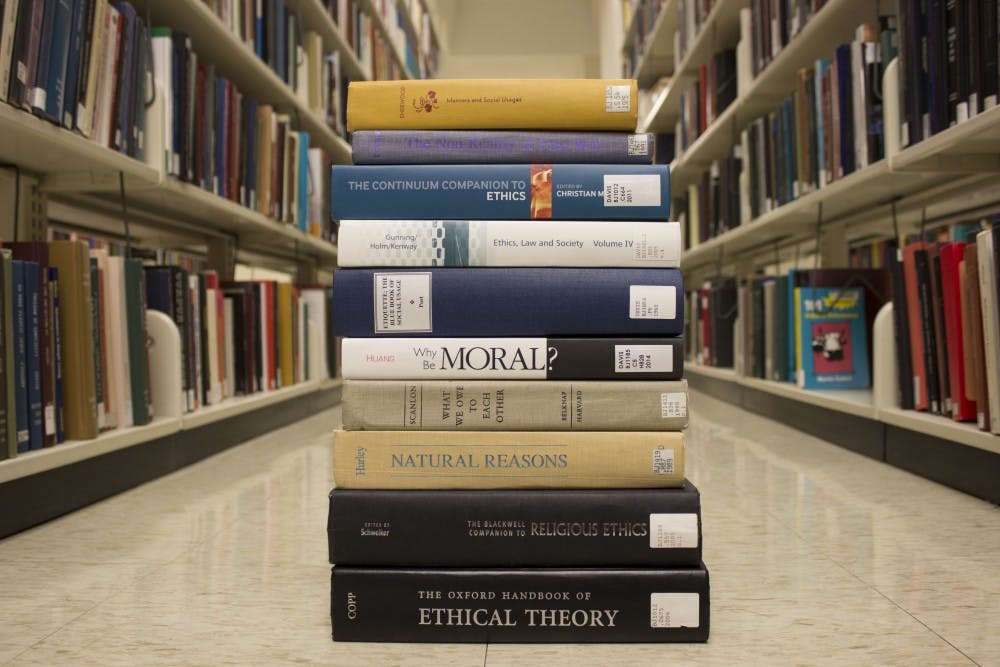When senior Paola Gilliam took a cross-listed philosophy and religion course, she noticed something about the required course readings: a lack of representation. All of the texts were written by white people, mostly men.
Gilliam, the co-presidenta of Carolina Hispanic Association, pointed this out to her professor. She was told that the course focused on Western philosophy, so the kind of work published on this material was generally written by white European males. Gilliam said many of her courses' readings lacked diversity, which can affect the inclusivity of the classroom.
“I think if you’re of a different experience, then you’re going to wonder, ‘Why am I not being represented in that?’” Gilliam said.
When thinking about incorporating diversity into universities, administration often first look at recruiting students and faculty of a variety of backgrounds. But English professor María DeGuzmán said diversity reflected in the course syllabus matters, too. She said there is a tendency for course readings in many different fields to reflect the perspectives of Euro-American men.
“The syllabus in some ways gives people a sense of who matters, what matters, who gets to talk, whose ideas count,” DeGuzman said. “I think it behooves us, regardless of what the subject matter is, frankly, to try to create diversity in what is assigned and in terms of who is doing the writing.”
In the English department, the core courses for majors focus on British literature, while more globally-focused courses can be taken later in the course of study.
DeGuzmán said, for example, a professor teaching Shakespearean literature, which on the surface seems to lack opportunities for syllabus diversity, can introduce readings and discussions having to do with his perspectives on women, race and slavery.
Students from some colleges have recently taken a stand against homogeneity in their course syllabi. In 2016, over 150 Yale students signed a petition urging the English department to diversify curricula. In 2017, Cambridge students studying English mimicked this call to action, while Hamilton College created requirements for professors across all disciplines to discuss diversity and inclusion in their courses.
Kelly Hogan, a biology professor and assistant dean of instructional innovation, said professors can incorporate diversity into their course content even if the field has historically been dominated by one group.



